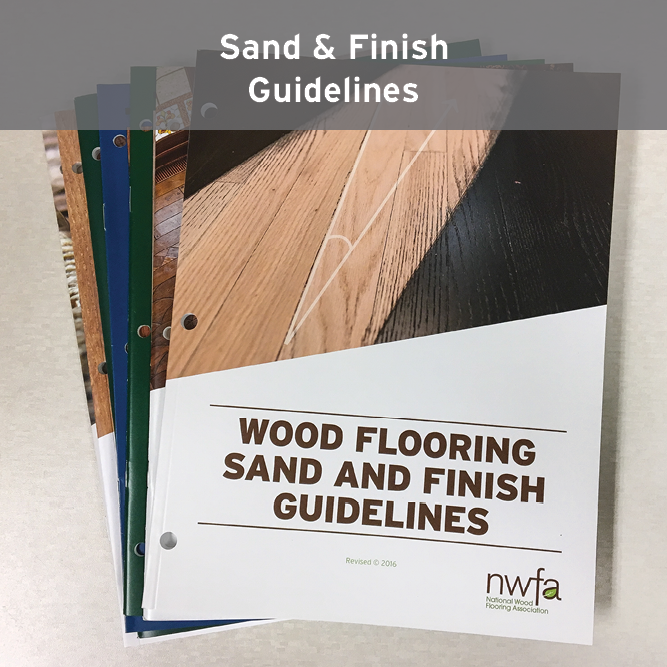Shaw Industries Group recently introduced an innovative, patent-pending tool to showcase the impact ceiling and floor construction, as well as flooring and underlayment selection, have on room acoustics. Known as Sound Advisor, the web-based tool helps users make more informed design and interior product selection decisions. We recently connected with Henry to learn more about the tool and what it means for flooring specifications.
FT: How did this tool come about?
Henry: The initiative formally began about two years ago, but it's been brewing for longer than that. The tool wasn't the goal; this innovation came out of really seeking to better understand the needs that were out there—the impact of flooring choices on room acoustics.
Our initial objective was to study the issue, understand it in a way that we could design products. We hired a professional sound lab and one of the most respected acoustical consultants in the world and we just started testing our products—hundreds of tests—and we recognized pretty clearly that the sound was affected by much more than floor coverings.
It was clear that just flooring products wasn’t going to give us the whole story. So, the tool itself, Sound Advisor, became an idea that came up as we reviewed the numbers. A number can tell you whether you meet a building code or specifications, but it doesn't tell you that your resident—the occupant of the space—is going to be satisfied with the acoustics of a space. The team came up with the idea of presenting the actual sound file from the lab tests so the user could actually hear a particular product type and how they sound in various configurations from floor assemblies and ceiling types.
FT: How important was accuracy in developing this app, and why did yo have to go to an outside source to achieve it?
Henry: While we do believe that internal sound testing is important, it cannot effectively replace the level of depth and the quality that we're going to get from a professional in this business. Different labs provide different results in the same tests. We had to have consistency, and the testing could not change, and that’s why we worked with one of the most respected experts in the world. We would bring them to different configurations of construction and hundreds of products, but the testing could not change.
FT: How did you come to be in charge of innovation at Shaw?
Henry: Our innovation council assures that we have the proper connectivity across our business, and when we have an opportunity like this—the Sound Advisor tool affects more than one segment of our business—our innovation teams channel their passion towards disruptive innovation. Our innovation teams that I get to lead, are focused on two main areas of market-facing initiatives: materials—products and sevices—and then process-focused or internal innovation where we are working on disruptive process technologies. My job is to pull together really smart people who have a lot of passion for what's next and in our objectives. We want to see what might be possible to create a better future and then work to make it a reality.
For more information, visit shawinc.com.









